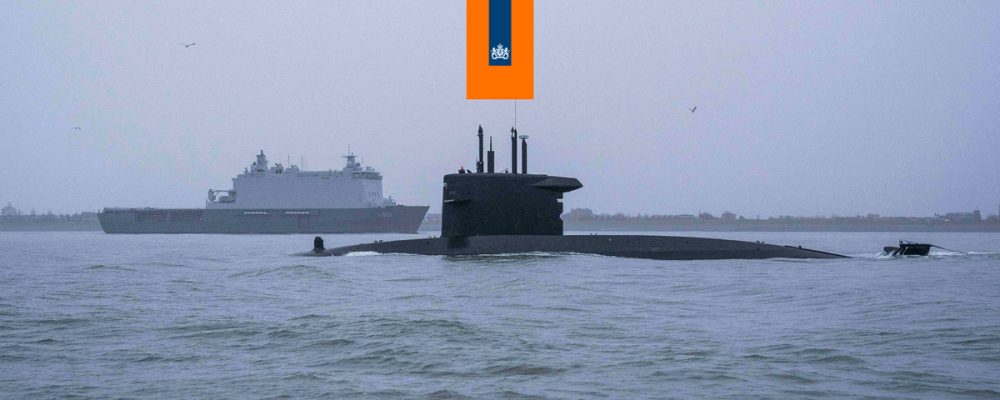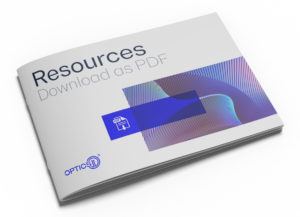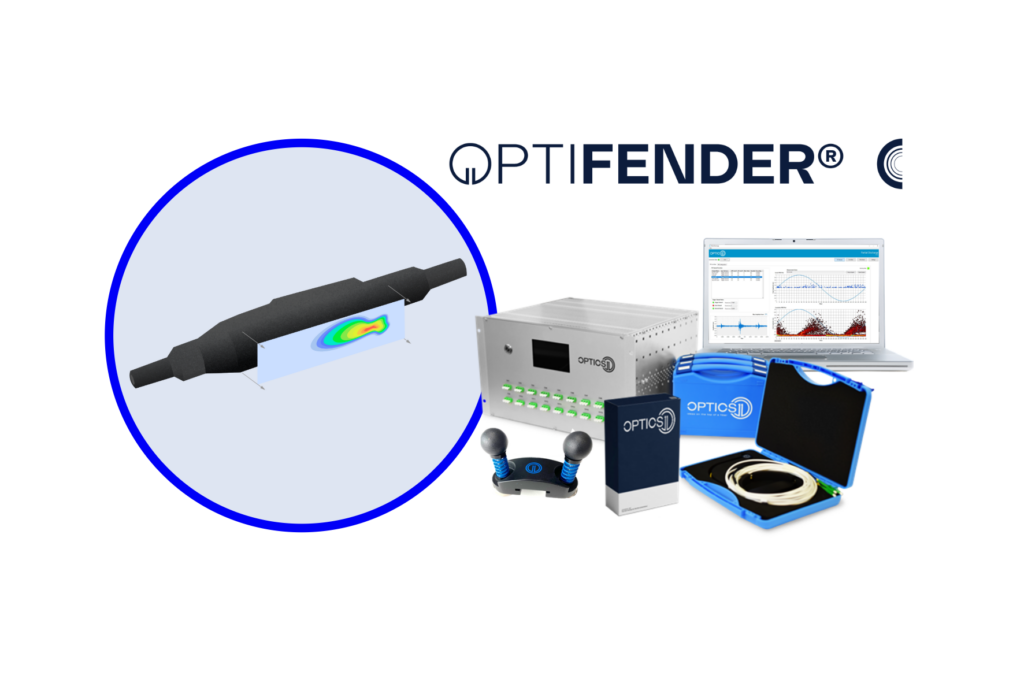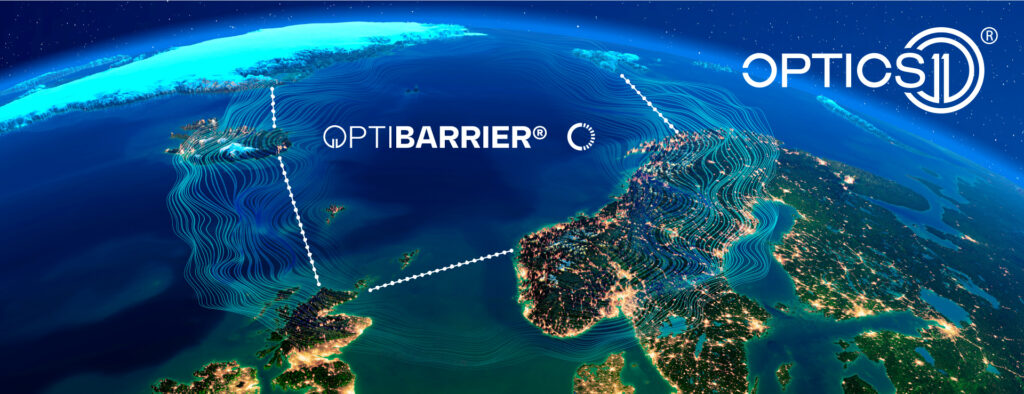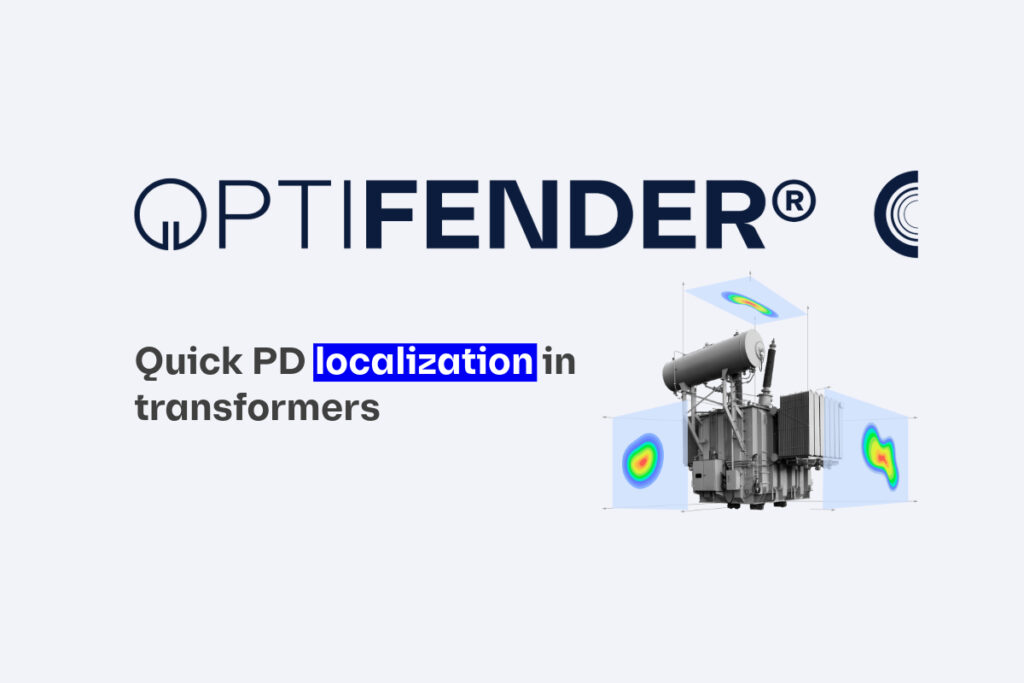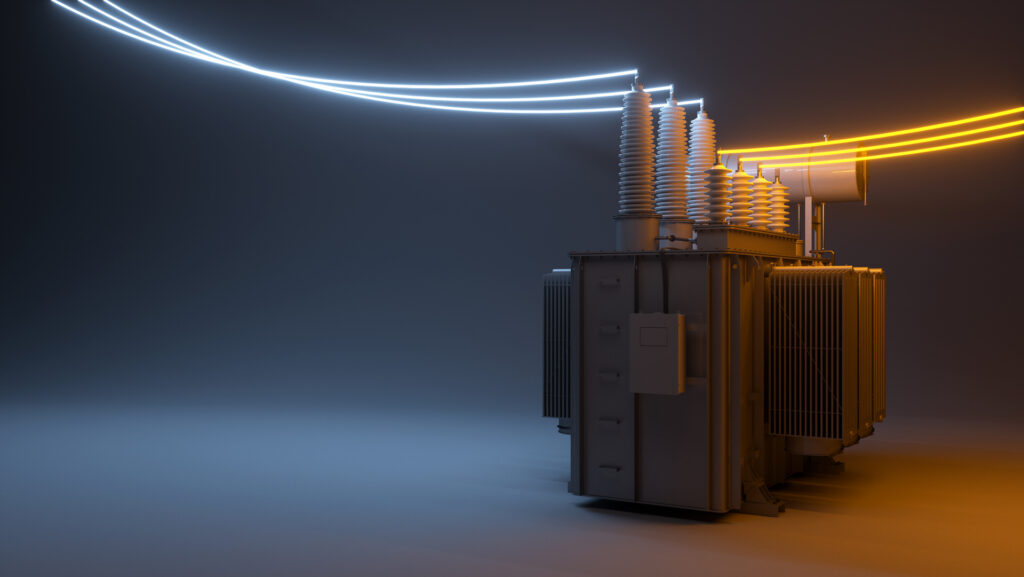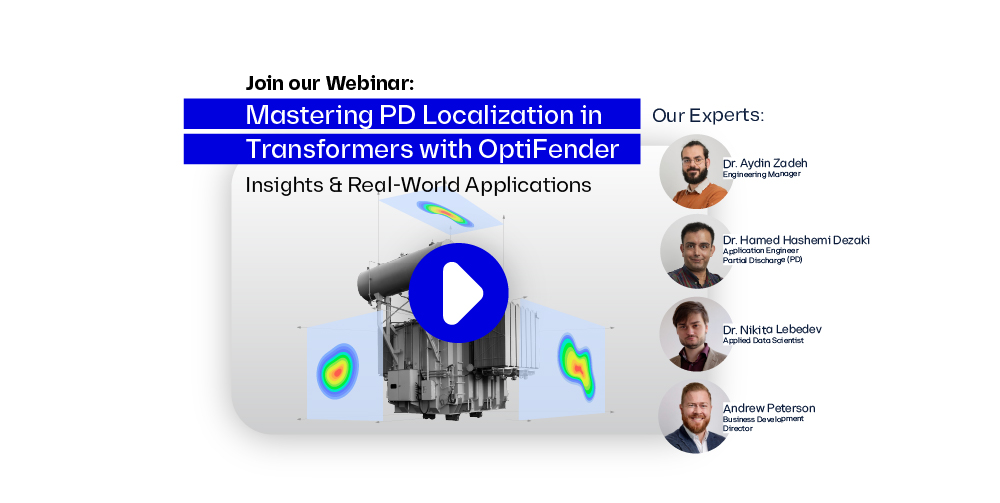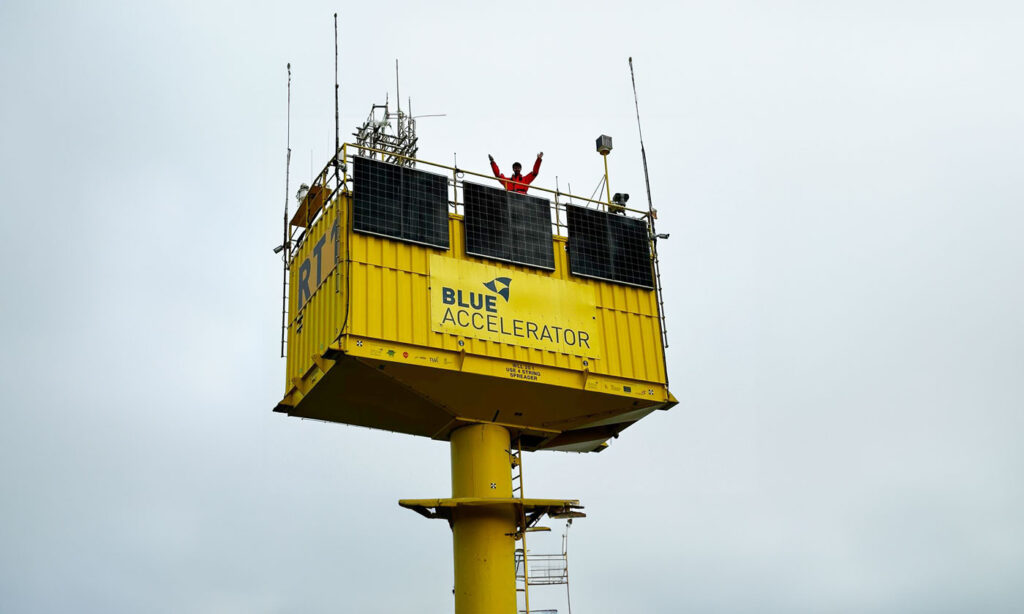This is a translation from Dutch, based on the original post from the Dutch Ministry of Defense Blog.
Navy tests underwater eavesdropping system with submarine
Better ears underwater thanks to optical fiber technology Optics11 – Defense and the Dutch company Optics11 have tested the brand new sound system OptiArray. This can detect, recognize and track objects even better underwater and at greater distances.
The Optical thin-line Array (OptiArray) is a kind of long fiber optic cable full of advanced underwater microphones (hydrophones), which can be hung on a submarine. By means of stretch on the fiber, the cable records sound in real time with an accuracy of a quadrillionth of a millimeter. In this way, (un)manned submarines or ships, divers or torpedoes can be detected.
As far as we know, this is unique worldwide
“We can accommodate many more hydrophones on this cable than on other systems because it is longer. This allows us to distinguish signals from noise even better,” says Otto Koetsier, who is involved in the project as project leader of the Materiel and IT Command (COMMIT).
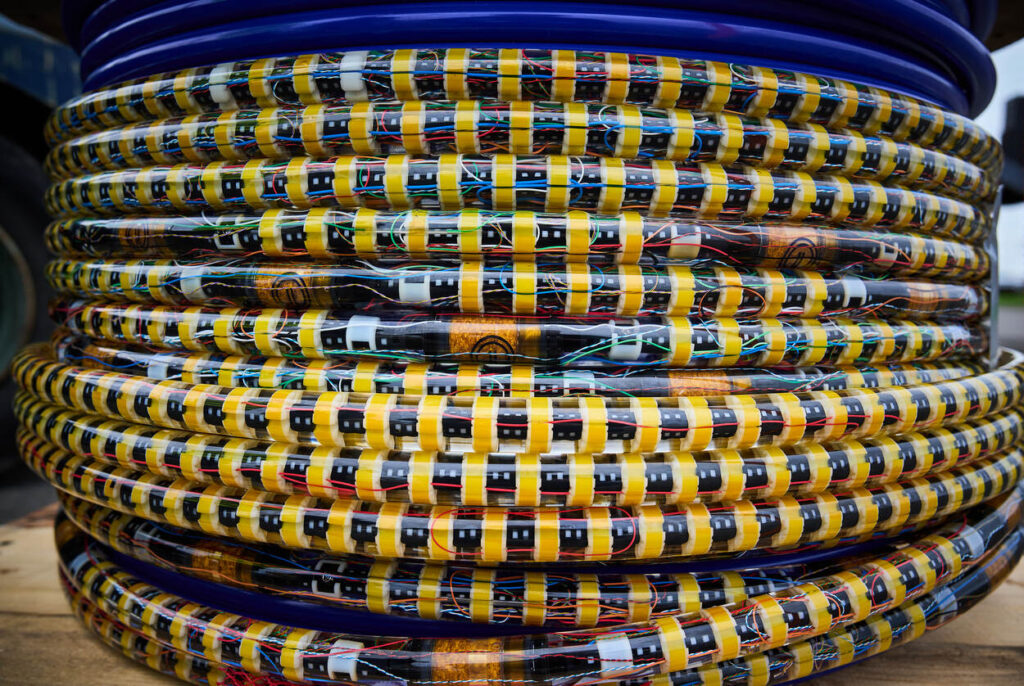
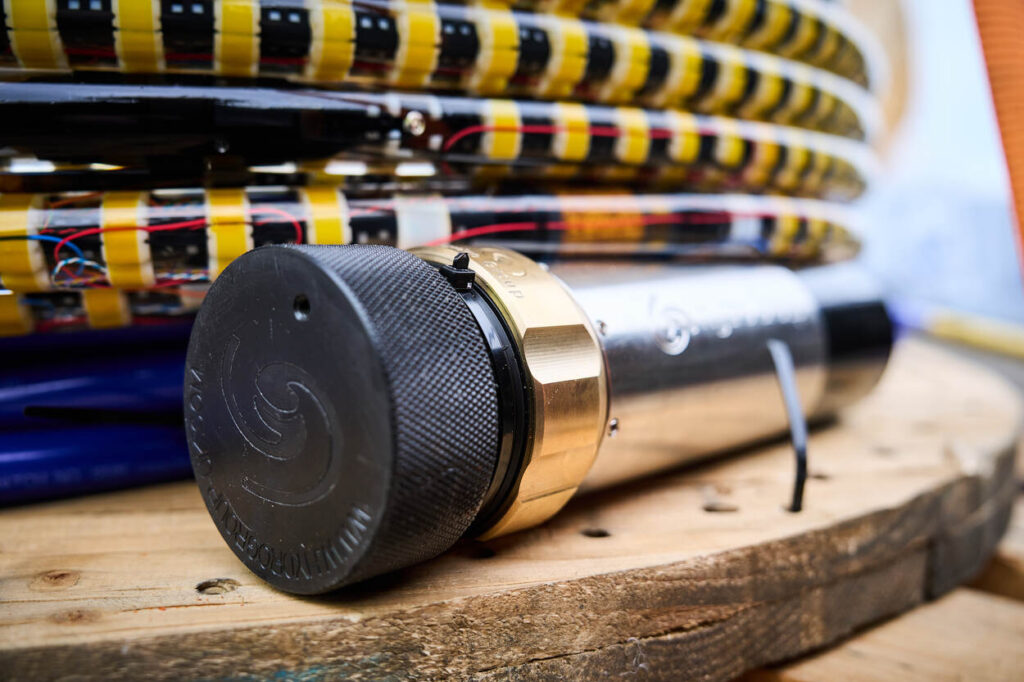
Towed array
Until now, Defense has used electrically controlled towed sonar, or towed array, to locate projectiles underwater . “That has been used for decades,” says Mark Jacobs, commercial director of Optics11, the company behind OptiArray. “But what we have developed, hydrophone technology based on light, is new. As far as we know, this is unique worldwide.”
‘The OptiArray is smaller and can be delivered by van’
Big leap forward
LTZ2 OC Auke Lankreijer was the oldest officer of the submarine Zr.Ms. Dolphin involved in the planning and implementation of the test, the results of which are currently being analyzed by TNO. “Underwater, sonar is currently the only means we have to see what is happening around us. We already have various arrays on and around the boat for this purpose, including the towed models. But this new OptiArray can be made much longer than the boat itself, with the advantage that you can store many more hydrophones on it and conduct research at more frequencies.”
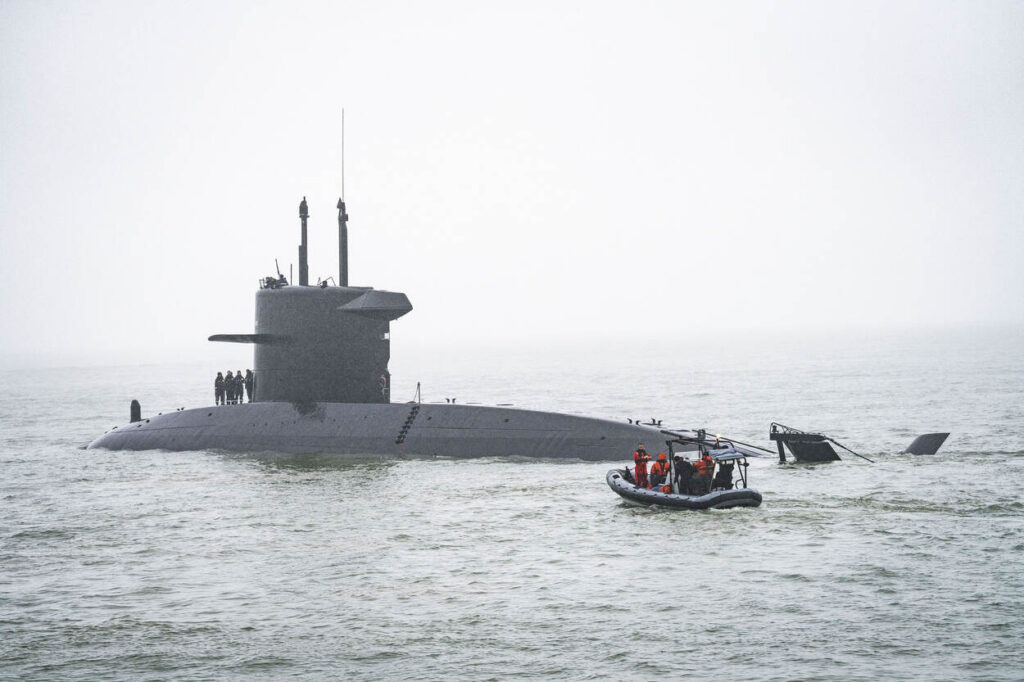
Advantages of fiber optic
Moreover, with the OptiArray there is no chance of a short circuit, because fiber optic works on light and not on electricity. This makes working with this material safer. “There is also no electromagnetic field around it, so it will never cause any disturbance if you pass over it with a radar, for example,” Jacobs adds. “And because it contains no electronics, the cable does not radiate anything and is undetectable to others.”
‘No need for large transport anymore’
Not ready for replacement
According to Lankreijer, the current towed arrays did not need to be replaced. “But OptiArray’s technology is an opportunity that can be further developed and offers many advantages. This concerns clip-on arrays , which can be attached to the port from the shore. OptiArray is also many times smaller and lighter. No large transport is required for transport, it can be transported in a van, so to speak.”
However, the smaller such a cable, the more flow noise is created. “Water that flows around the cable makes noise and the thinner the cable, the more noise,” says Jacobs. “This test with the submarine is therefore crucial for us to see how much noise our system generates. With too much flow noise you will eventually hear nothing.”
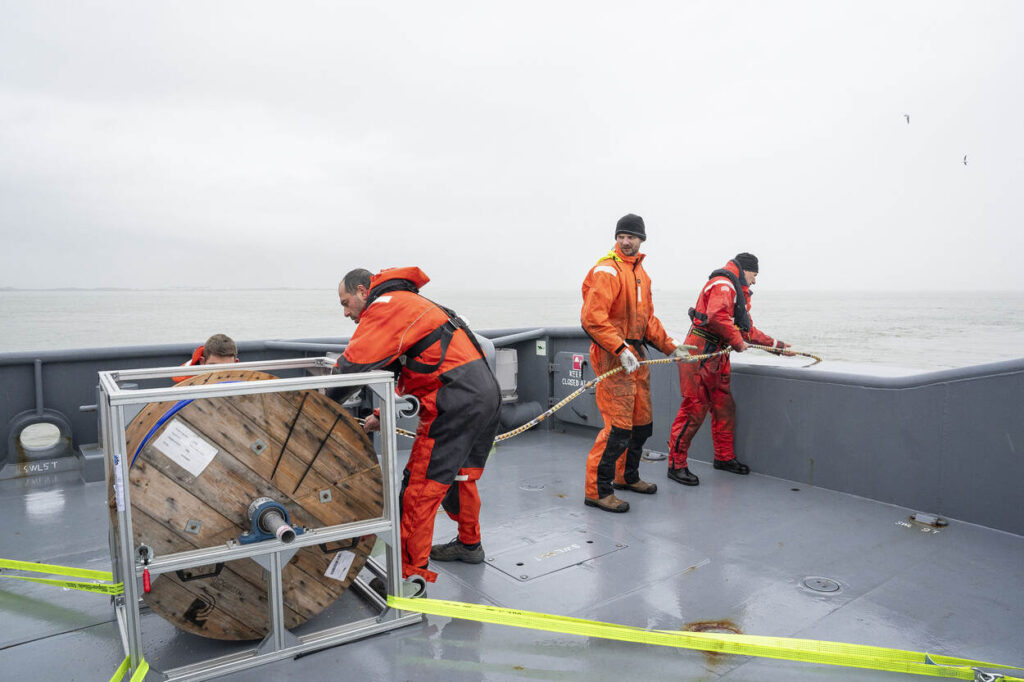
Surface ships
Until the recent test in collaboration with the Navy, OptiArray had only been tested above water with various surface ships. “But ambient noise determines the measurement,” says Mark Jacobs. “Other boats and waves create a lot of noise, which means you cannot test the system optimally.” That is different now with the collaboration with the navy. “By hanging the array on the submarine and sailing a test circuit underwater, we were able to conduct tests in a quiet environment.”
‘The more hydrophones, the better you can distinguish the signal from noise’
How far an object can be detected from the submarine depends on many factors, Jacobs continues. “The temperature of the water, the noise present, the frequencies you are looking for (low frequencies go further than higher ones) and, for example, the water quality.” Otto Koetsier adds: “You can make that cable very long. Longer cables perform better through fiber optic because they have less signal loss than when electrically through a copper cable. And the longer, the more hydrophones you can hang on it, the better you can distinguish the signal from the noise.”
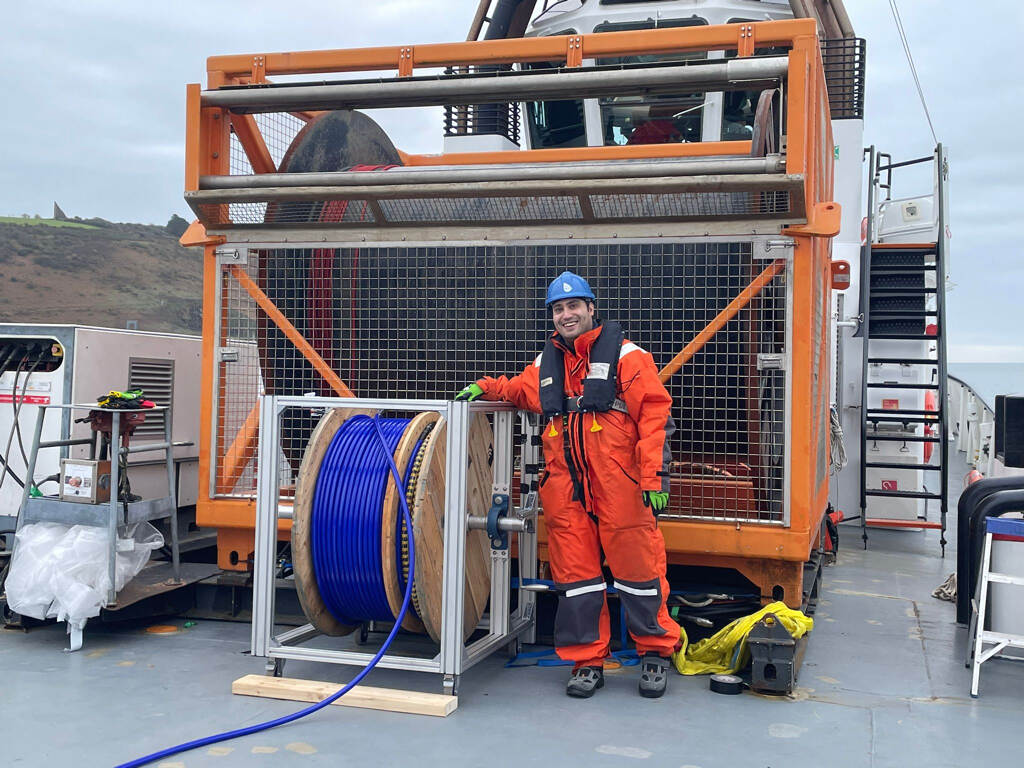
Scale up to doubling
Bearing in mind the sabotage of the Nordstream pipeline and the protection of cables at the bottom of the North Sea, the OptiArray seems a welcome addition. Lankreijer confirms that the system is ideal for tracking something moving on or just above the seabed.
“But it is mainly intended to detect and track ships, submarines and other things that make noise at great distances,” says Lankreijer enthusiastically.
Follow-up process has already been initiated
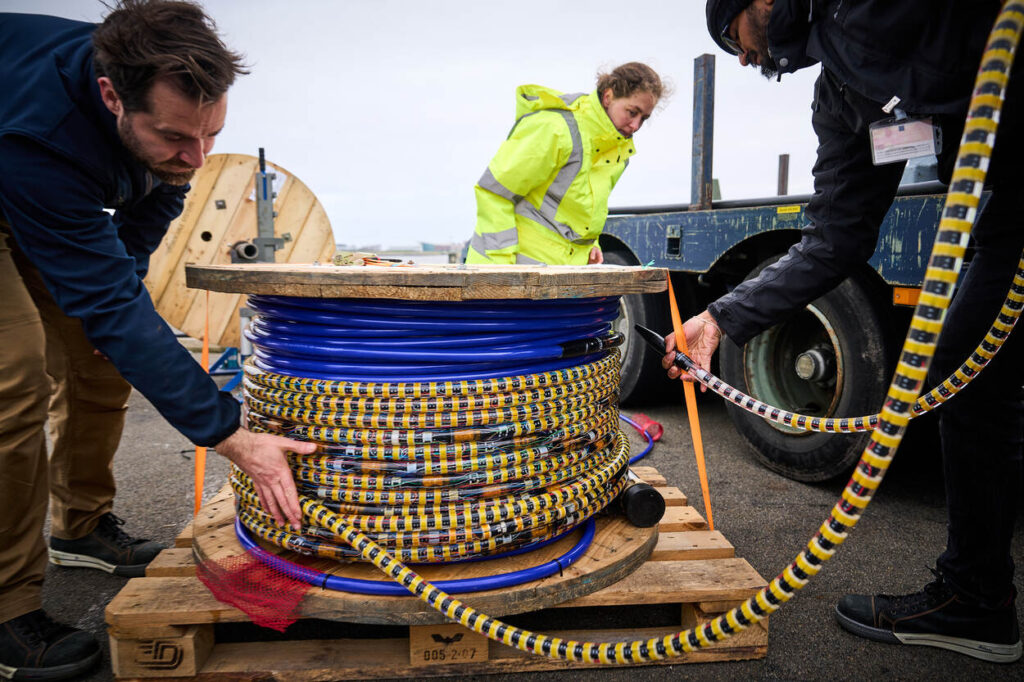
Follow-up process
While we are waiting for the results from TNO, a follow-up process has already been initiated, says Koetsier. “We are going to scale up the test with double the number of hydrophones.”
And when will it be fully operational? “The OptiArray works easily with existing marine systems. That’s hopeful. As soon as it functions, it can be implemented fairly quickly,” Lankreijer responds.
His colleague Koetsier is a little more reserved. “Within a few years, if there is a formal need for it,” says Koetsier, who says he doesn’t think that will take long. “We first have to be sure that the system still works after a hundred sailings. We also need to further test the technology and integrate it with the submarine systems. Then you will be at least four to five years further.”
Text: Michael Simon (translated from Dutch) | Photo: John van Helvert and Phil Nijhuis
